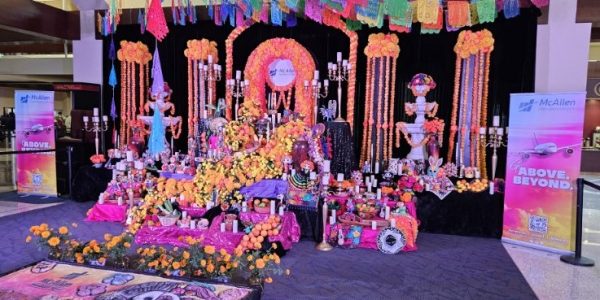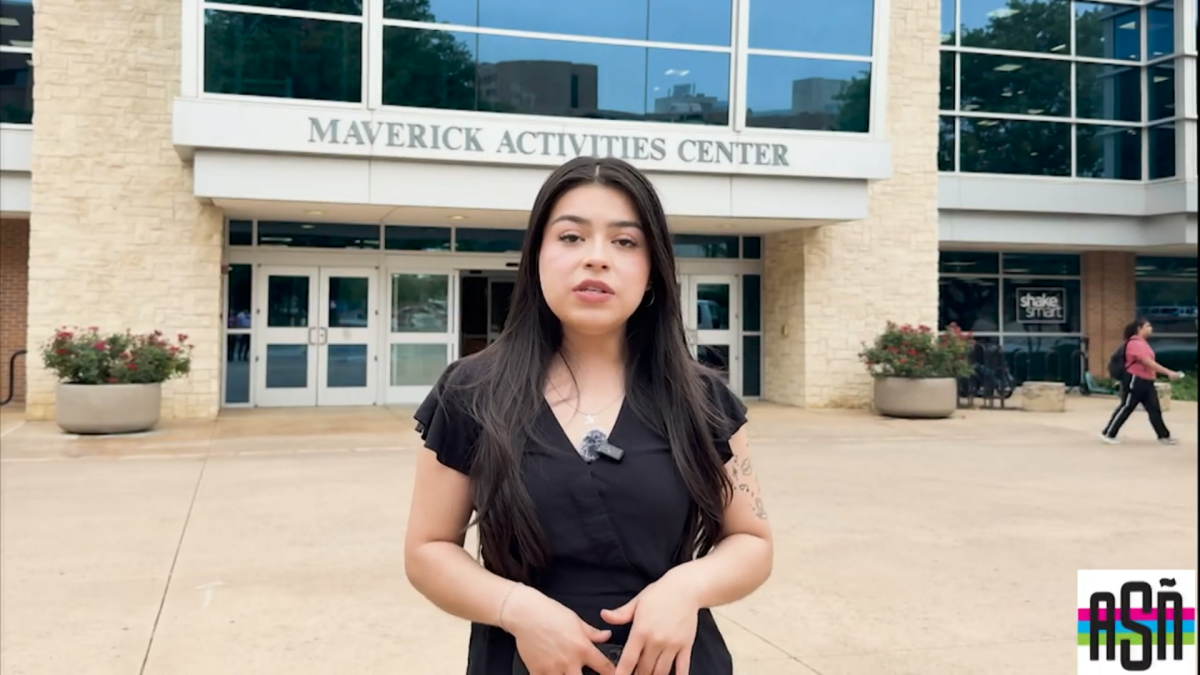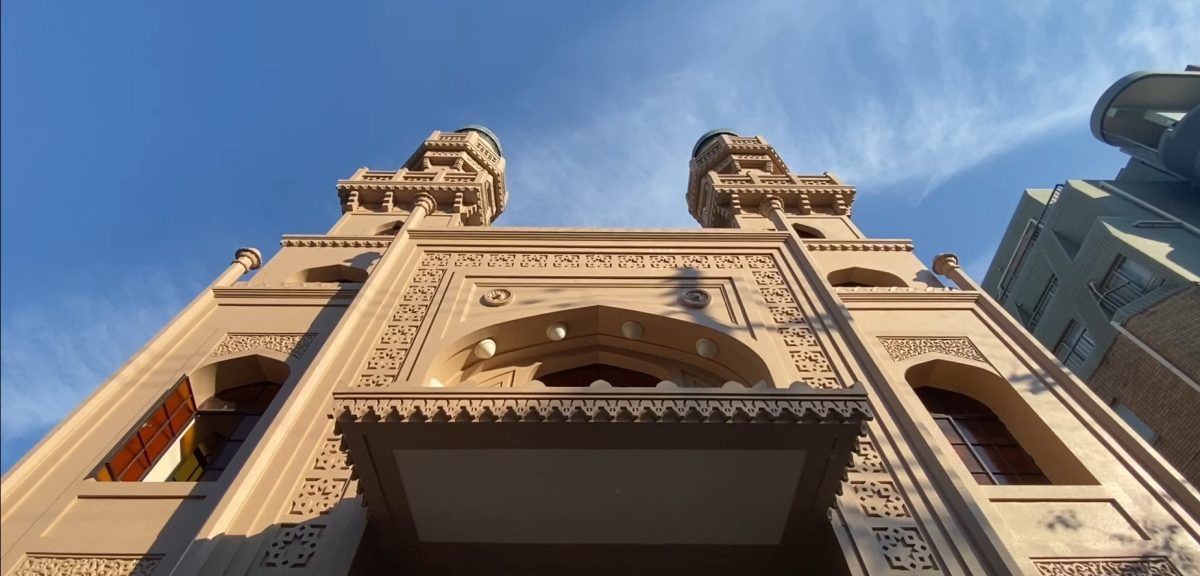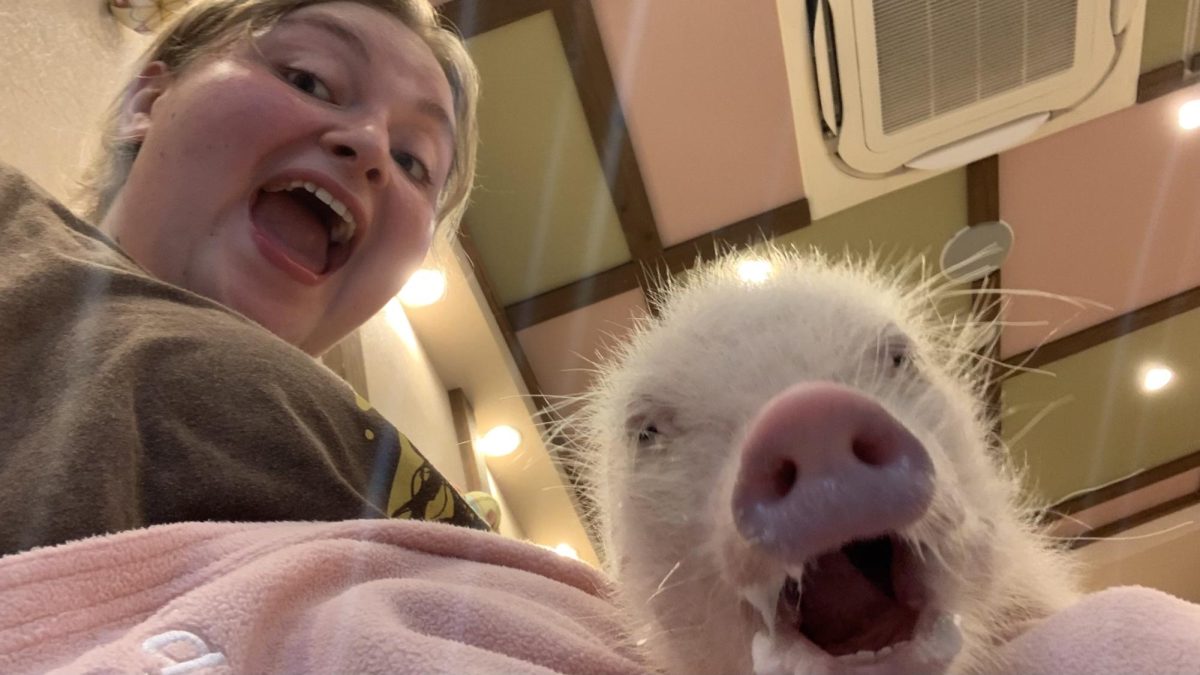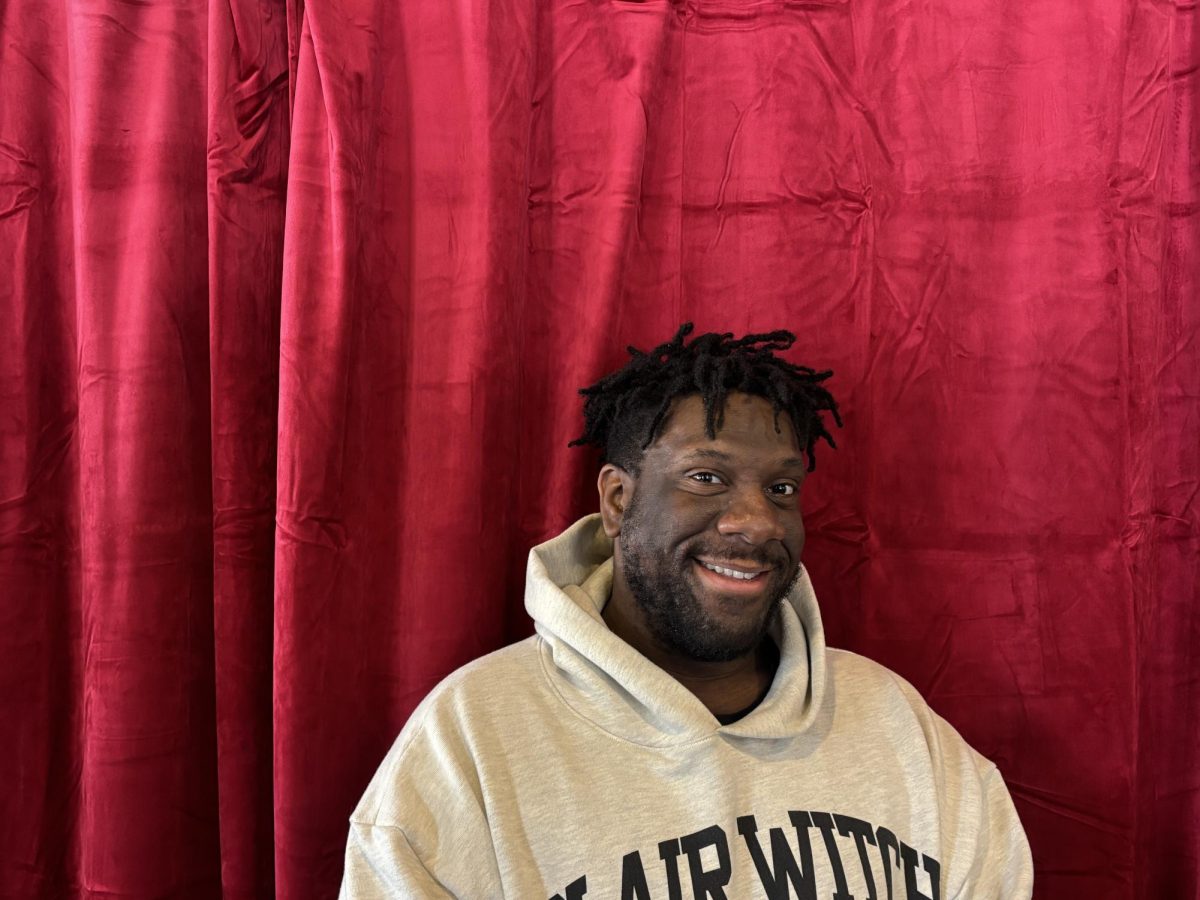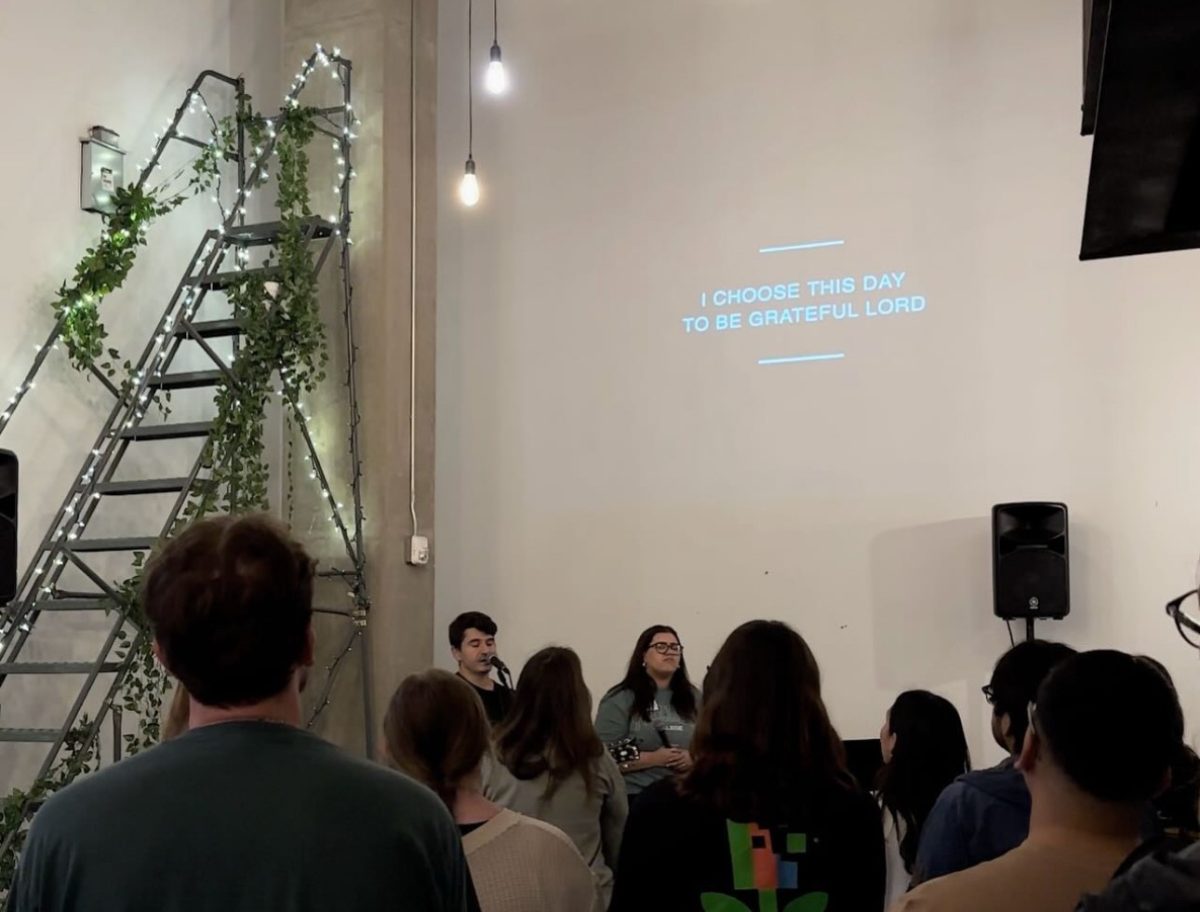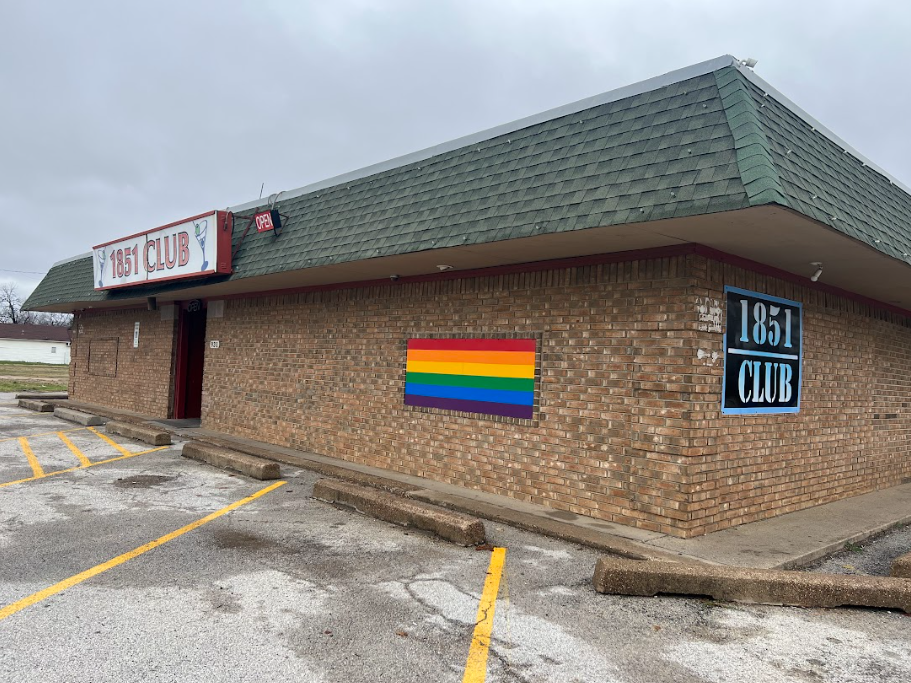ARLINGTON, Texas–While Oct. 31 is widely celebrated as Halloween in the United States of America, many Latin Americans believe something extra special happens at midnight that night.
That’s when some believe that the gates of Heaven open, marking the start of Dia de los Muertos.
The opened gates allow the spirits of children to join their family for 24 hours on Nov. 1. On Nov. 2, the spirits of adults are honored the same way for the day.
In 2008, the United Nations Educational, Scientific and Cultural Organization, or UNESCO, added Mexico’s “Indigenous festivity dedicated to the dead” to its list of Intangible Cultural Heritage of Humanity.
Thaiss Loaeza, La Sociedad Hispanica at the University of Texas at Arlington past president, said family is paramount in the Hispanic community. This holiday provides families the opportunity to remember those family members who died and keep them in their memory.
“When you lose someone from your family, you still want to feel connected, still want to bring those memories,” Loaeza said. “Even though you’re gone that doesn’t mean you’re gone completely.”
According to the Mexican government, Dia de los Muertos celebrations boost the economy. The total estimated visitors arriving to a hotel during the celebrations of Dia de los Muertos is set to be 1.5 million Mexican nationals and 565,000 tourists. Along with hotels, there are estimated to be 2.4 million national tourists staying with friends or family. In total, 4 million national tourists will be traveling throughout the country during the three-day festivities.

In 2016, the capital city of Mexico, Mexico City, began a new tradition to celebrate the holiday with its own parade. This is the time of the year where the city is decorated in vast colors and many activities take place for people to enjoy all around the country, with many people touring through different cities and states.
Rosa Tellez, senior lecturer for the Modern Languages department at the University of Texas at Arlington, said there is not much difference to how the holiday is celebrated in the United States of America and how it is celebrated in Mexico.
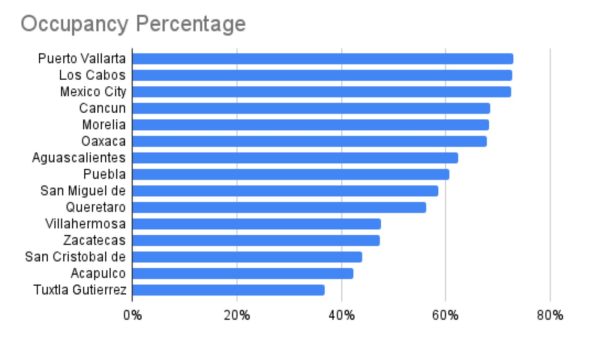
“In Mexico City, they do this big parade,” Tellez, who serves as faculty adviser for UTA’s La Sociedad Hispanica, said. “We had one in Dallas, there’s one in Houston and I’m sure there are others around the U.S. The point is to remember those who have passed and remember them in a good way.”
During the celebrations, families set out ofrendas, or offerings, for their loved ones to come down and visit.

Cempazuchitl flowers, or Mexican marigolds, are set out around the ofrenda along with the favorite food and drinks of the loved ones who have died. This part of the celebration is to represent the loved ones that have passed, with their favorite items from when they were alive.
“We need sugar, we need candles,” Sofia Garcia Reyes, member of La Sociedad Hispanica, said. “We have all this stuff to make it an altar and have everything they like.”
In different households the ofrendas can look different. They can be placed in an office, a room in a house, and for students living on campus, it can also be placed in their room.
For people wanting to learn more about the holiday and the history behind it, Loaeza recommended reaching out to people and asking questions.
“I think people will be your best choice because I know for a lot of us, culturally it’s really different,” Loaeza said. “Get different opinions, different perspectives [and] if you do want to look it up online, be wary of your sources.”
